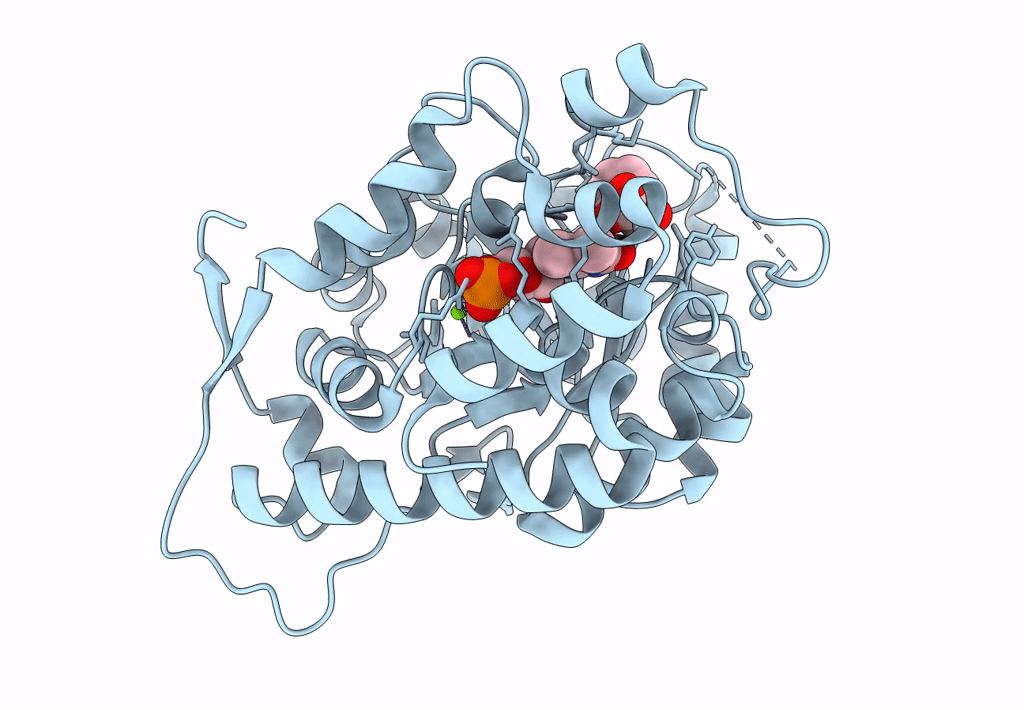
Deposition Date
2018-06-07
Release Date
2019-06-19
Last Version Date
2023-11-22
Entry Detail
PDB ID:
6A1P
Keywords:
Title:
Mandelate oxidase mutant-Y128F with 5-deazariboflavin mononucleotide and phenylpyruvic acid
Biological Source:
Source Organism:
Amycolatopsis orientalis (Taxon ID: 31958)
Host Organism:
Method Details:
Experimental Method:
Resolution:
1.51 Å
R-Value Free:
0.19
R-Value Work:
0.16
R-Value Observed:
0.17
Space Group:
I 4 2 2


